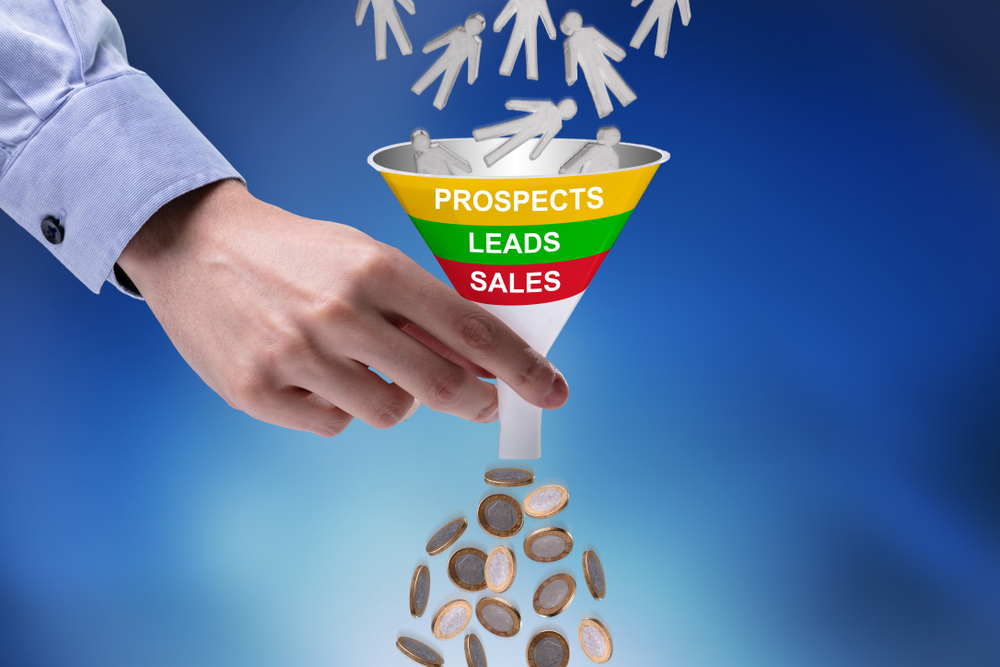- Introduction: The Power of Automation
- Understanding Automated Sales Funnels
- Why Use an Automated Sales Process?
- Essential Elements of a Successful Sales Pipeline
- Building Your Automated Conversion Pathway
- Enhancing Your Funnel for Better Performance
- Top Tools for Crafting a Seamless Sales Journey
- Conclusion: Revolutionize Your Sales Strategy
Introduction: The Power of Automation
Imagine having a system that works tirelessly, guiding prospects through every stage of the buying journey without manual intervention. Sounds like a dream, right? Welcome to the world of automated sales funnels! These powerful tools can revolutionize the way you handle leads, turning casual visitors into loyal customers seamlessly (and saving you a ton of time).
Understanding Automated Sales Funnels
An automated sales funnel is a process that automates the journey from lead generation to conversion. It uses a series of automated steps and interactions to nurture prospects, build relationships, and ultimately convert them into paying customers. Think of it as a well-oiled machine that works around the clock, ensuring no lead falls through the cracks (pretty neat, right?).
Why Use an Automated Sales Process?
The advantages of using an automated sales system are immense. Firstly, it saves time (time is money, after all). With automation, you can focus on strategic tasks rather than repetitive ones. Secondly, it ensures consistency in your communication, making sure every prospect gets the right message at the right time. Moreover, it increases efficiency by handling multiple leads simultaneously without sacrificing personalization. It’s like having a team of tireless sales reps working for you 24/7!
Essential Elements of a Successful Sales Pipeline
Every successful automated sales funnel has several key components:
- Lead Generation: Attracting potential customers through various channels like social media, SEO, and paid ads (casting a wide net).
- Lead Capture: Collecting contact information through landing pages, forms, or pop-ups (an irresistible offer helps here).
- Lead Nurturing: Engaging leads with targeted content and automated email sequences to build trust and interest.
- Conversion: Turning leads into customers with compelling calls-to-action and seamless purchase processes.
- Follow-Up: Maintaining customer relationships through follow-up emails, feedback requests, and upselling opportunities (because the journey doesn’t end with the first sale).

Building Your Automated Conversion Pathway
Creating an automated sales funnel might seem daunting, but breaking it down into manageable steps makes it much easier. Here’s how you can do it:
1. Define Your Goals
What do you want to achieve with your funnel? Increased sales, more leads, higher engagement? Knowing your goals will help shape your strategy (it’s like setting your GPS before a trip).
2. Identify Your Audience
Who are you targeting? Understanding your audience’s needs and pain points is crucial for creating relevant content and offers (the more specific, the better).
3. Create Engaging Content
Develop content that addresses your audience’s needs at every stage of the funnel. This includes blog posts, videos, eBooks, webinars, and more. Make it informative and engaging!
4. Design Your Pathway
Map out the steps your prospects will take from initial contact to final purchase. Tools like flowcharts can be handy here (visualizing helps).
5. Set Up Automation
Use automation tools to set up email sequences, trigger actions based on user behavior, and manage your lead flow effortlessly. (It’s like having a virtual assistant.)
6. Test and Optimize
Regularly test different elements of your funnel, such as email subject lines and call-to-action buttons, to see what works best. Optimization is an ongoing process (never set it and forget it).
Enhancing Your Funnel for Better Performance
Optimization is the key to a high-performing sales journey. Here are some tips:
Analyze Your Data
Use analytics to understand how leads move through your funnel. Identify drop-off points and areas where prospects spend the most time (data doesn’t lie).
Personalize Communication
Tailor your messages based on user behavior and preferences. Personalization can significantly boost engagement and conversion rates (everyone loves a personal touch).
Streamline the Process
Ensure that your pathway is user-friendly. Simplify forms, reduce the number of steps to purchase, and make navigation intuitive (less friction means more conversions).
Top Tools for Crafting a Seamless Sales Journey
Several tools can help you build and manage your automated sales process:
- ClickFunnels: A popular tool for creating sales funnels with drag-and-drop simplicity (it’s super user-friendly).
- HubSpot: Offers a comprehensive suite for marketing automation, CRM, and sales funnel management (all-in-one solution).
- Mailchimp: Great for email marketing automation and managing lead nurturing campaigns (perfect for small businesses).
- ActiveCampaign: Combines email marketing, automation, and sales CRM for a seamless funnel experience (very robust).

Conclusion: Revolutionize Your Sales Strategy
An automated sales funnel can be a game-changer for your business. It not only saves time and resources but also ensures a consistent and personalized experience for your leads. By following the strategies and steps outlined in this guide, you can create a powerful sales funnel that drives conversions and boosts your bottom line. Ready to transform your sales strategy? Start building your automated sales funnel today and watch your business grow!





